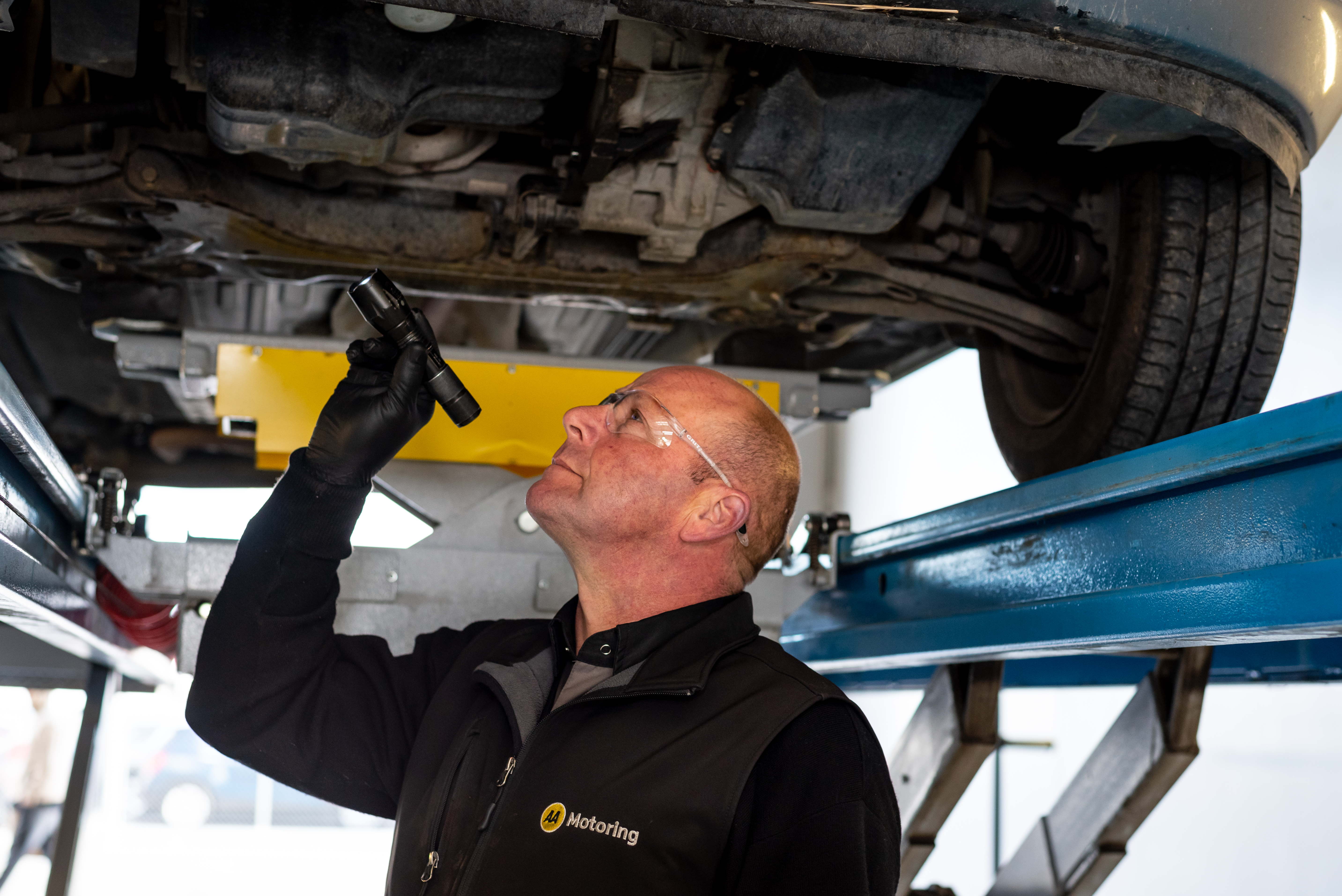Five things to check before your WoF
02 June 2021
A staggering amount of vehicles in New Zealand fail their Warrant of Fitness inspection first time around. In May 2021, 370,910 WoF inspections were carried out, and 149,313 failed (approximately 40 per cent)*.
The majority of these failures come down to simple defects that could easily be checked and fixed before you roll on up for your WoF.
The most failed category was lights, followed by steering/suspension, with tyres, brakes, and wipers rounding out the top five.
Here are five things you can do to increase the chances of passing your next WoF inspection first time:
1) Lights
Firstly, check that all your lights are operating correctly. For this, you may need a volunteer for your rear lights, or you could even back up close to a mirror or wall. Walk around the outside of the car and check all lenses are clean and free from cracks and moisture.
2) Steering and Suspension
This one’s not as easy to fix yourself, but there could be signs something is wrong that you need to follow up on and get checked.
Extra knocking noises, thumps, or unsettled feeling when going over bumps are all telltale signs that something could be amiss. Other indicators could be the steering wheel is not straight or is hard to operate, as well as leaking fluid or a warning light on the dash.
3) Tyres
Be sure to visually check all four tyres, and also check your spare tyre (if applicable) and ensure that it’s secure.
A neat trick is to use a 20-cent coin to check the tread on your tyres. Place the coin into the tread with the ‘20’ facing you – the bottom of the 20 is approximately 2mm from the edge of the coin, meaning if you can see the whole number then your tyre is around the legal threshold and you should get it replaced.
Check the general condition of the tyres for unusual wear patterns and damage, too. It’s also a good idea to check tyre pressures and inflate if low - this will also make the car feel much better to drive.
4) Brakes
Are you hearing squealing sounds every time you drive, and does it go away when you brake?
Some disc brake pads have warning indicators in the form of metal strips that are set to a depth where they’ll rub against the disc when the pads reach the minimum serviceable thickness. This is to alert the driver that the brake material may be low and to take the car in and get them replaced. The rubbing noise of the wear indicator is normally most evident when the brakes aren’t applied, and the noise may reduce during braking.
Another common sign that you may need a repair is if your brake fluid level is low, or you’re needing to top it up regularly. Brakes are a critical safety item, don’t delay and get it addressed today!
5) Windscreen/Wipers
Check both front and rear wipers, as well as the washer nozzle (it can sometimes become fully or partially blocked). Fill your washer reservoir with solution, and top up with water if necessary.
Make sure you check your windscreen for any chips or cracks, and also clean all glass (including your mirrors).
Keep your old WoF sheets handy
Remind yourself of any warnings or notes that were on the last WoF check sheet. If it’s been around a year since the last check then they could fail this time around if the issues haven’t already been addressed. Common notes can be tyre tread depth, or brakes getting low and may need replacing before next WoF inspection - but may pass on the day of inspection.
How can the AA help?
Either drive up to an AA Vehicle Testing Station, or visit aa.co.nz/wof to book your WoF at an AA Auto Centre site.

